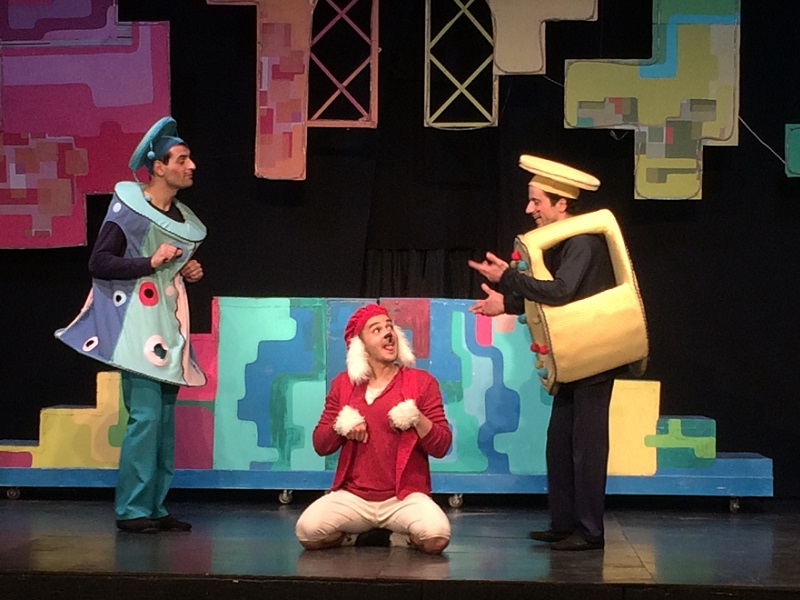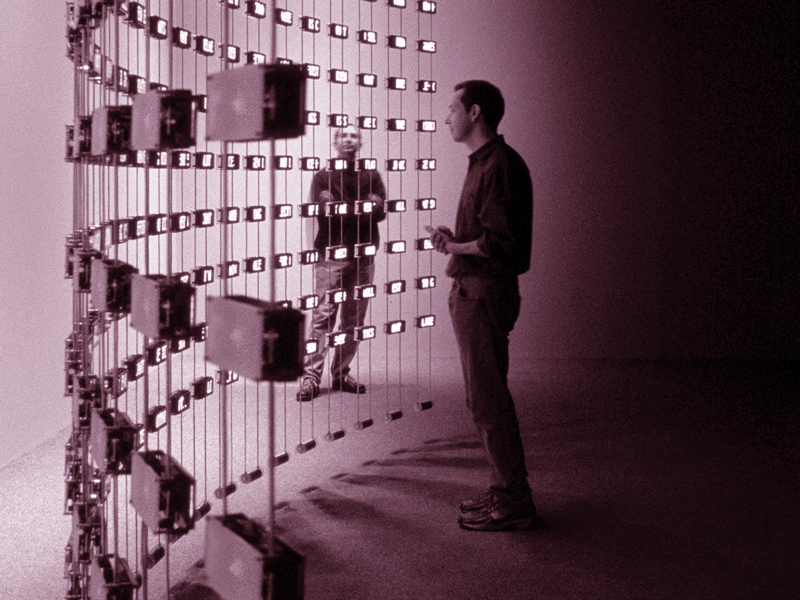
How to put on plays for children?
1. Before announcing about children's performance it is necessary to make such an advertisement, which will meet the logic of the children's performance. Why do we need to do so? When children watch or hear about the performance, accordingly they may get more or less interested in the performance. If the advertisement is interesting and promises a stormy eventful story, then children wait for it with great admiration. As soon as they arrive at the theatre, they wait for the beginning of the performance impatiently having in mind their own mythic imagination about it.
One of our children's charity performances "Beauty and the beast" begins: Once upon a time there was a prince. He used to live with his servants in a wonderful palace. He had everything he wanted, however he was very egoist and mean. And a witch turned him into a beast because of his cruelty, and the inhabitants of the palace were turned into different creatures. The Beast spent all the day in his room hating himself. Nobody was allowed to get there because in that case the witchcraft wouldn't be destroyed. The witchcraft would be destroyed only in case the Beast would truly love and be loved. But who will love the ugly Beast…
2. Bells are rarely heard in theatres which announce the beginning of the performance. The sound of the bell attracts the attention of children increasing the feeling of admiration and curiosity.
3. The first impression is very important and it should be effective and impacting. Why? Because as soon as the performance begins, children immediately start thinking of their fabulous imagination of it and they may get either a positive or a negative impression. If they get a positive impression they continue to watch the performance with great pleasure and enthusiasm. In case of negative impression, they look forward to the end of the performance or even leave the theatre hall during the performance.
4. The light and sound effects, the decoration of the stage and the clothing of the actors have a key importance in children's performance. The light effects should be stunning, of different colours, and the sound effects should be used sparingly and should support the story and the suggested actions, making the performance more impressive, memorable and emotional. The stage decoration and its colours need to be consistent with the spirit and logic of the performance. As for the actors' clothing, they should be colourful and eye-pleasing, attracting the attention of the children and their high appreciation.
5. Children's performances may be on interactive bases. There are interactive performances which even parents watch with great interest. Why interactive? Because when children watch the performance, they have the opportunity to participate in it themselves, thus they feel a part of the performance and emotionally get engaged in it. How is run the interactive performance? The interactive performance may be realized by means of questions - actors refer to the children and ask them questions about the characters of the performance and their activities. Or the actors may play in such a scene which includes the involvement of children. Children's participation in such actions may bring out positive emotions and contribute to the enhancement of cultural intellect and mythical understanding of theatre. Besides that, children's participation in interactive performances allows to get answers to the questions they may be interested in. That is why after each interactive performance children have great willingness to participate in another performance and they leave the theatre hall with positive emotions and feelings.




